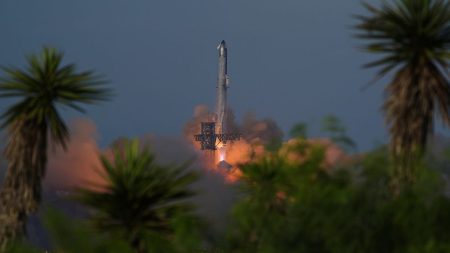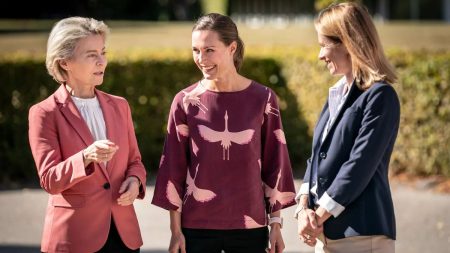In its second year since the launch of ChatGPT, OpenAI experienced significant developments and challenges that shaped its trajectory into 2024. OpenAI entered the generative artificial intelligence (genAI) landscape with the initial rollout of ChatGPT on November 30, 2022. Initially a test of its AI models, ChatGPT quickly rose to prominence, becoming a symbol of the evolving capabilities of AI. In 2024, OpenAI introduced various advancements under its GPT-4 model, emphasizing faster intelligence across text, voice, and visual tasks. Moreover, the launch of o1 showcased the potential of these models in solving complex problems across domains like science and coding. Recently, the company also unveiled SearchGPT, a browser extension designed to deliver quick answers from relevant web sources directly, circumventing traditional search engines. Adding to these innovations, OpenAI faced internal strife, including the resignation of co-founder Ilya Sutskever, the disbanding of its superintelligence research team, and ongoing lawsuits concerning copyright infringement from several US-based news organizations.
Looking ahead, OpenAI has set ambitious goals for 2025, particularly in the development of autonomous AI agents. During a Reddit AMA, founder Sam Altman shared that a focal point for the upcoming year will be empowering ChatGPT to execute tasks independently. Altman referred to these as “AI agents,” which could redefine automation by allowing large language models to manage workplace operations more effectively. This initiative mirrors efforts by competitors like Google Cloud’s Vertex AI agents and others planning similar capabilities. The mixed responses from the public about these AI agents highlight a divide; some view them positively as transformative tools that enhance productivity, while others express concern over the risks of delegating control to AI. This duality captures the ongoing debate surrounding the integration of AI into everyday tasks and responsibilities.
Predictions indicate that OpenAI may roll out a new model, particularly Orion, which is seen as a successor to both GPT-4o and o1, by December. Altman has hinted at “very good releases” coming soon, emphasizing that while they won’t label any as ChatGPT-5, the focus will remain on improving existing models. Reports suggest that Orion may provide crucial features to enhance development for partner companies. Tadao Nagasaki, CEO of OpenAI Japan, projected that an upcoming ChatGPT model could be “100 times more powerful” than GPT-4. Future releases may also include improvements to the Sora text-to-video AI model and updates for DALL-E, OpenAI’s image-generating software, though specific timelines for these products remain unclear.
As OpenAI looks to innovate, industry challenges loom, particularly concerning resource limitations. Experts like Kate Devlin have pointed out that as AI companies grow, they encounter shortages in computing power, energy, and data. To navigate these restrictions, one strategy OpenAI could explore is the development of smaller, domain-specific models that require fewer resources while still delivering valuable insights. This pivot towards specialized large language models (LLMs) could enable OpenAI to focus its technological capabilities more efficiently by curating data for particular fields, such as law or healthcare. The shift from simply scaling up models to a more calculated approach might mitigate the inherent risks associated with unfettered AI expansion.
OpenAI’s future development strategy could also consider maintaining a generic framework for ChatGPT while allowing companies to customize the interface for specific data sets, optimizing efficiency without losing versatility. Input from experts like Abdul Sadka suggests the potential for augmenting ChatGPT with more modalities, such as medical image recognition, which could broaden its functional applicability. Additionally, creating external knowledge bases tailored to industries could minimize issues related to AI’s propensity for “hallucination,” or providing inaccurate responses to unfamiliar prompts. By enhancing precision and context in responses, OpenAI can ensure that ChatGPT serves as a more reliable tool across sectors.
With these numerous advancements and considerations on the horizon, OpenAI faces a critical juncture. As it endeavors to maintain its competitive edge in the fast-evolving AI landscape, the organization must balance innovation with caution. The insights gathered from its internal challenges and market feedback will be integral as OpenAI strives to set new benchmarks in AI capabilities while addressing potential ethical concerns around automation and the deployment of AI agents. Altman and his team are keenly aware that the third year presents an opportunity to solidify OpenAI’s position as a leader in the generative AI domain while navigating the complexities that accompany such rapid technological changes.














